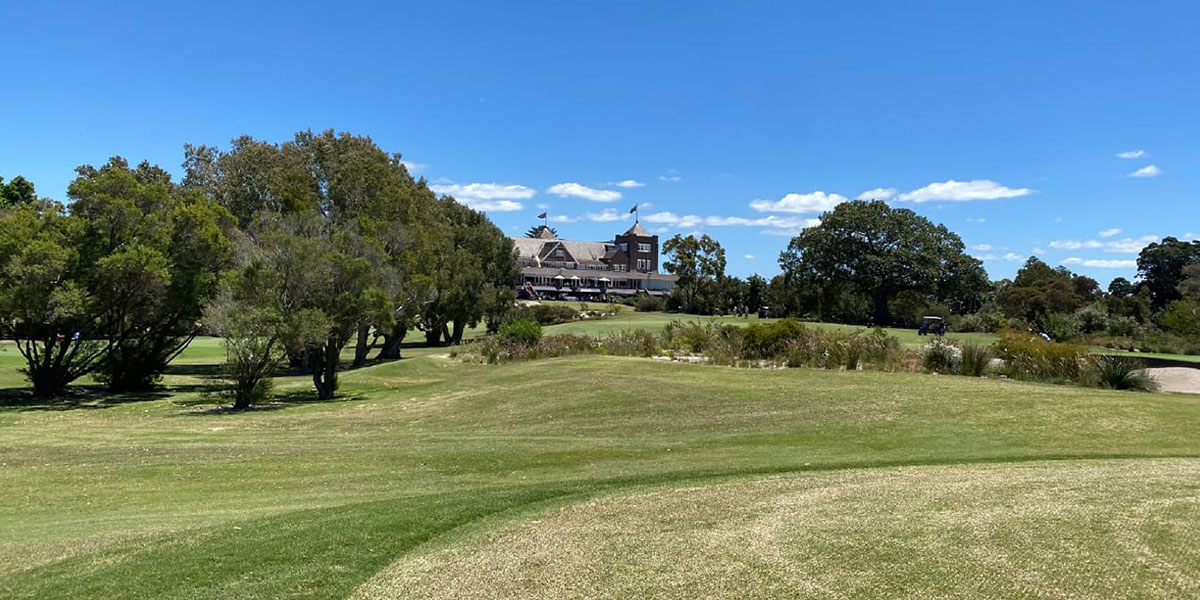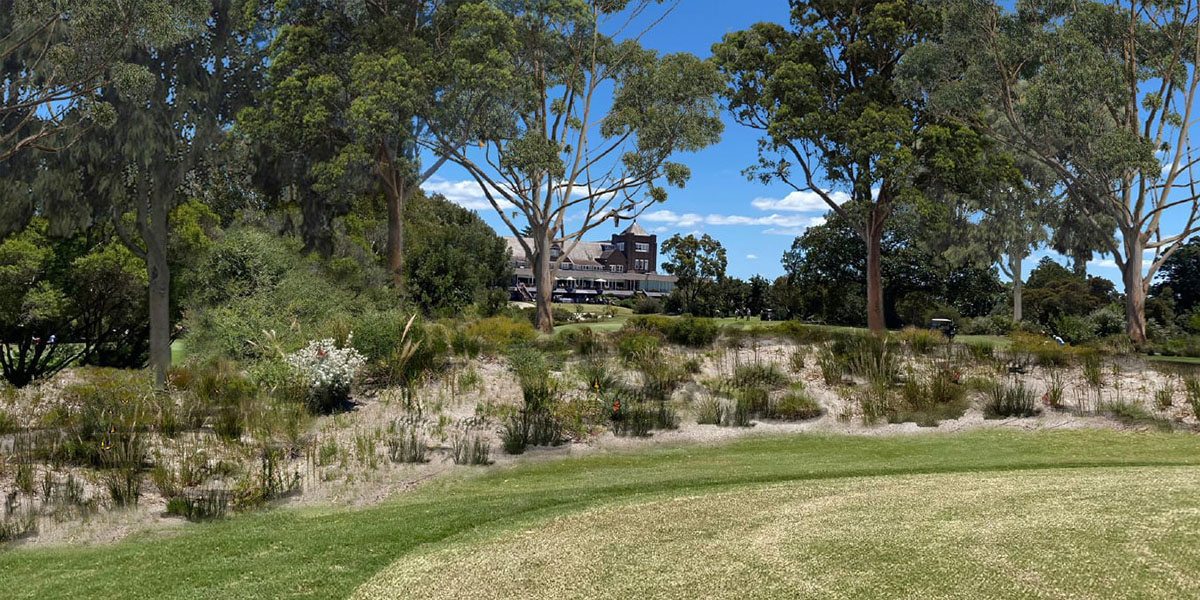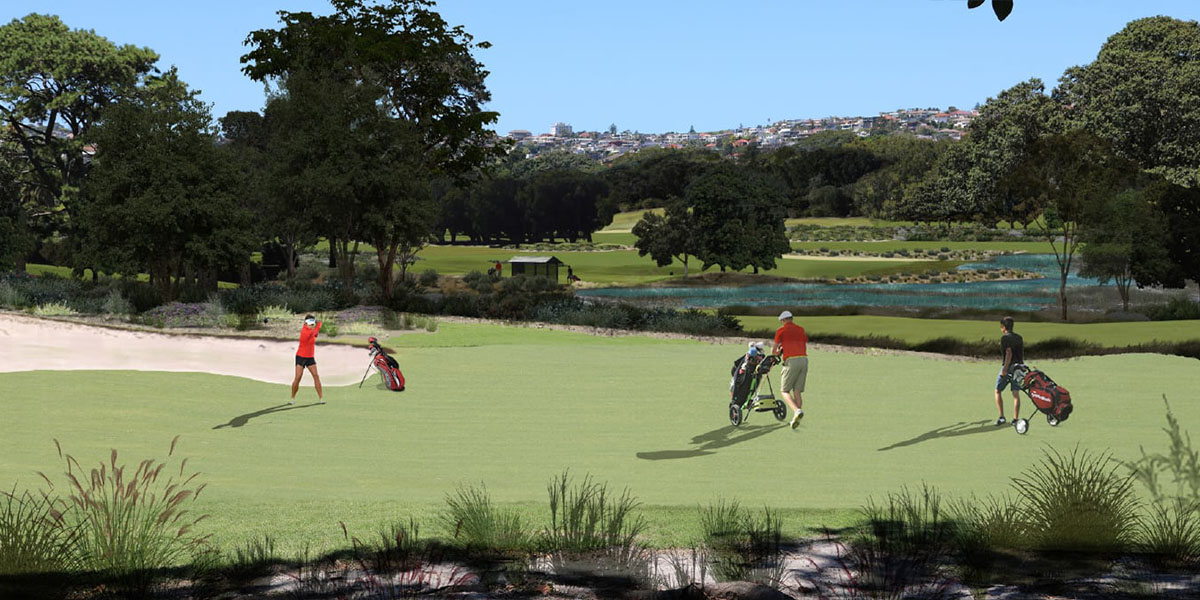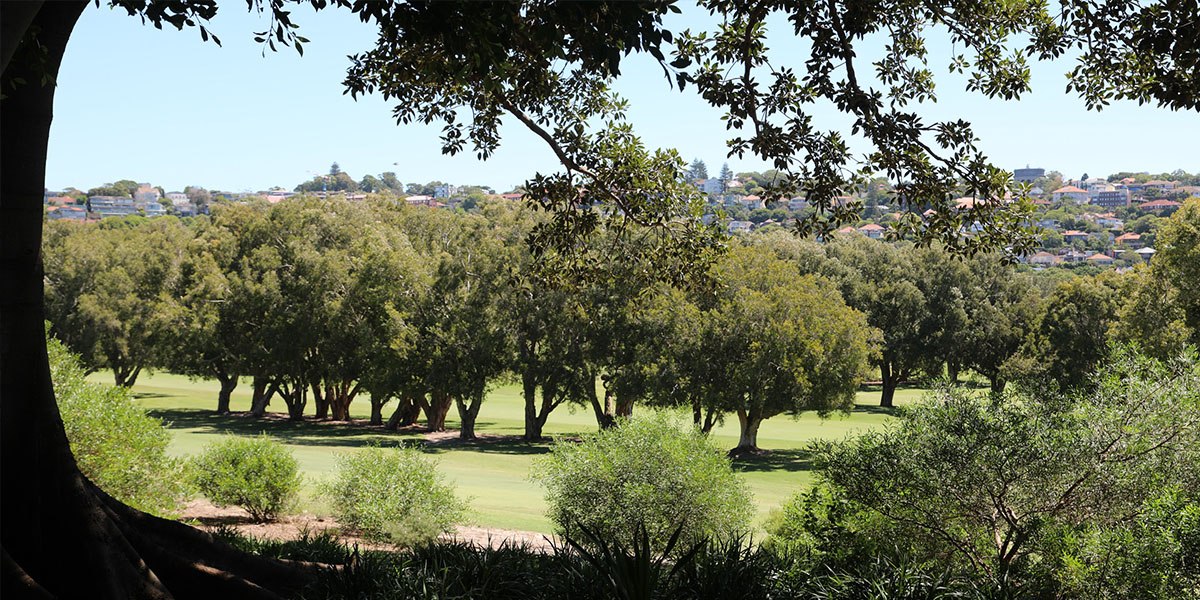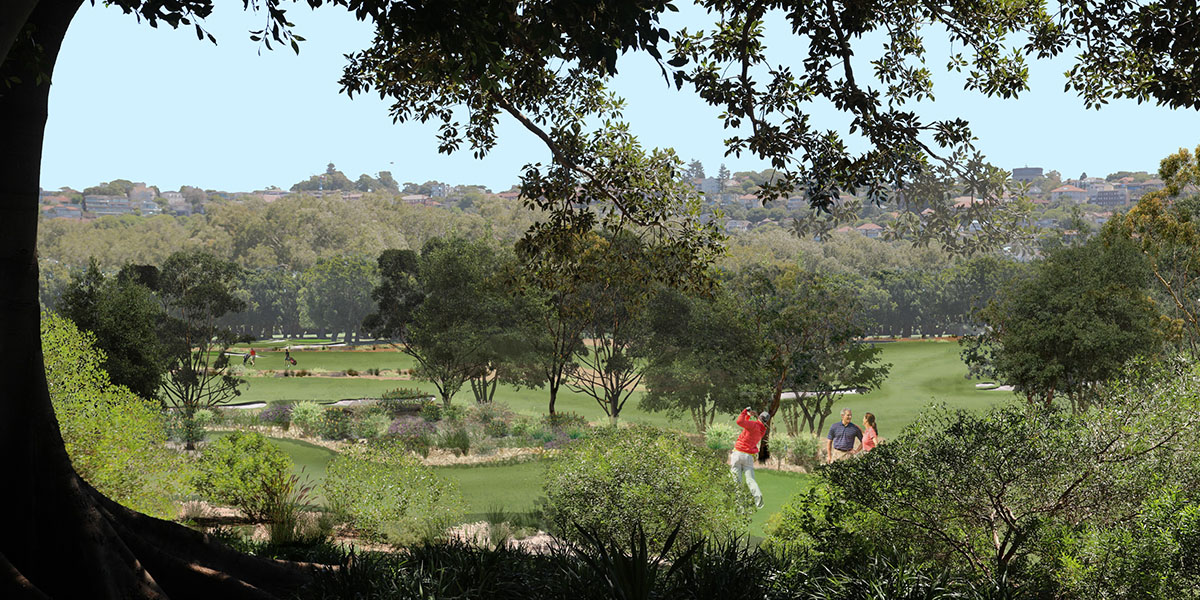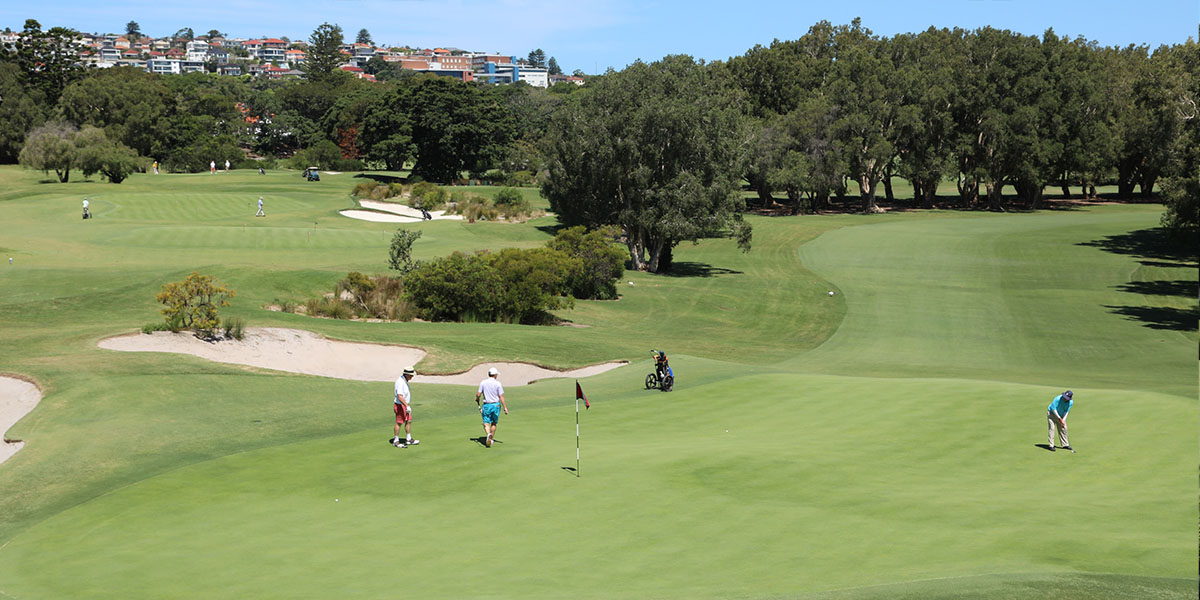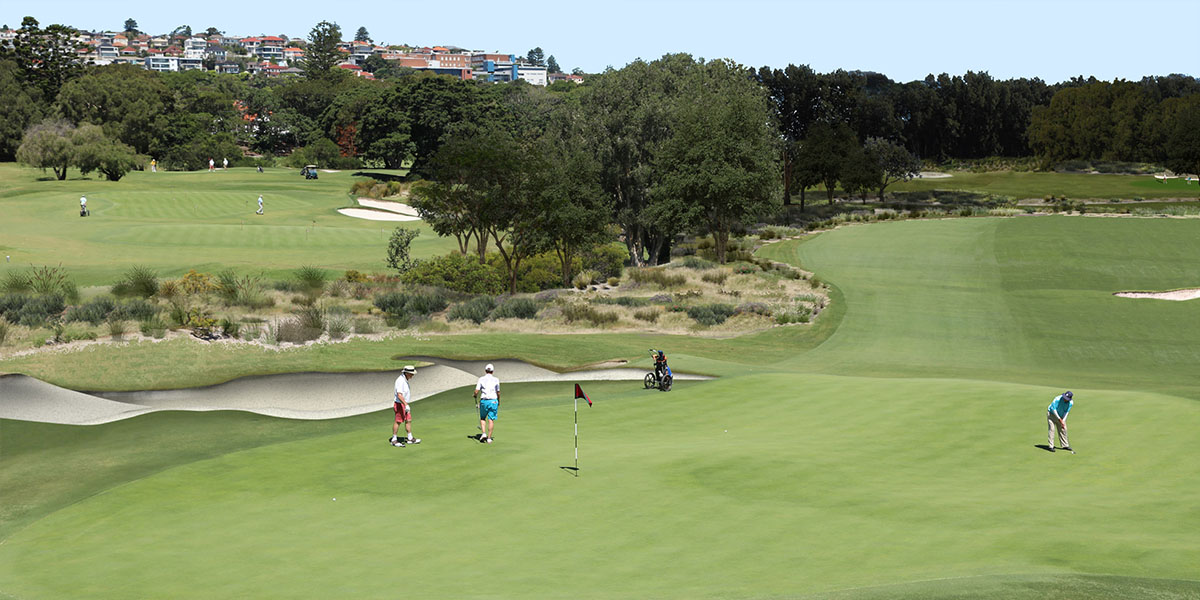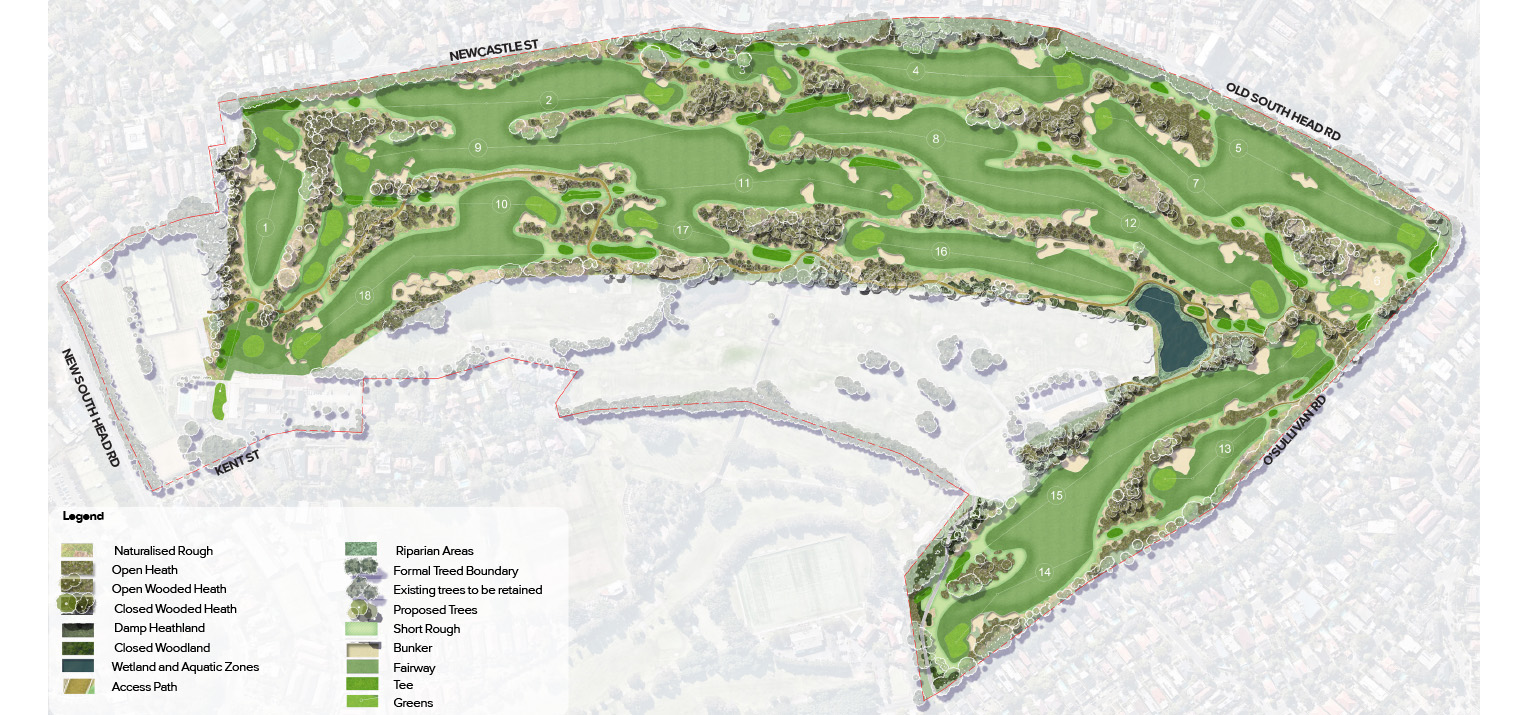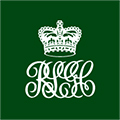Landscape Rehabilitation and Course Renovation
Central to the proposal is the bold, forward-thinking concept to return the course to its original coastal heathland environment; restoring the natural ‘sense of place’ and connecting with the growing broader community concern for high quality environmental management.
There will be significant long term gains with the planting of 2,187 new trees of a variety of ages and diverse native species – resulting in an increase of 1,592 trees on the course in addition to the planting of 500,000 native landscape plants.
Why is Change Needed?
Construction Plans
Before and After
